Niki Lisi née Cleary
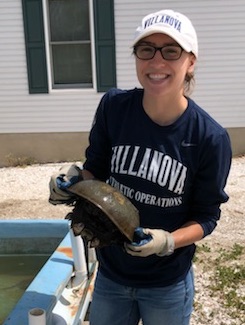
Niki Cleary was an undergraduate from Villanova University studying Environmental Science, who joined the Munroe lab during the summer of 2018 as an NSF sponsored RIOS intern. She studied behavior

Niki Cleary was an undergraduate from Villanova University studying Environmental Science, who joined the Munroe lab during the summer of 2018 as an NSF sponsored RIOS intern. She studied behavior
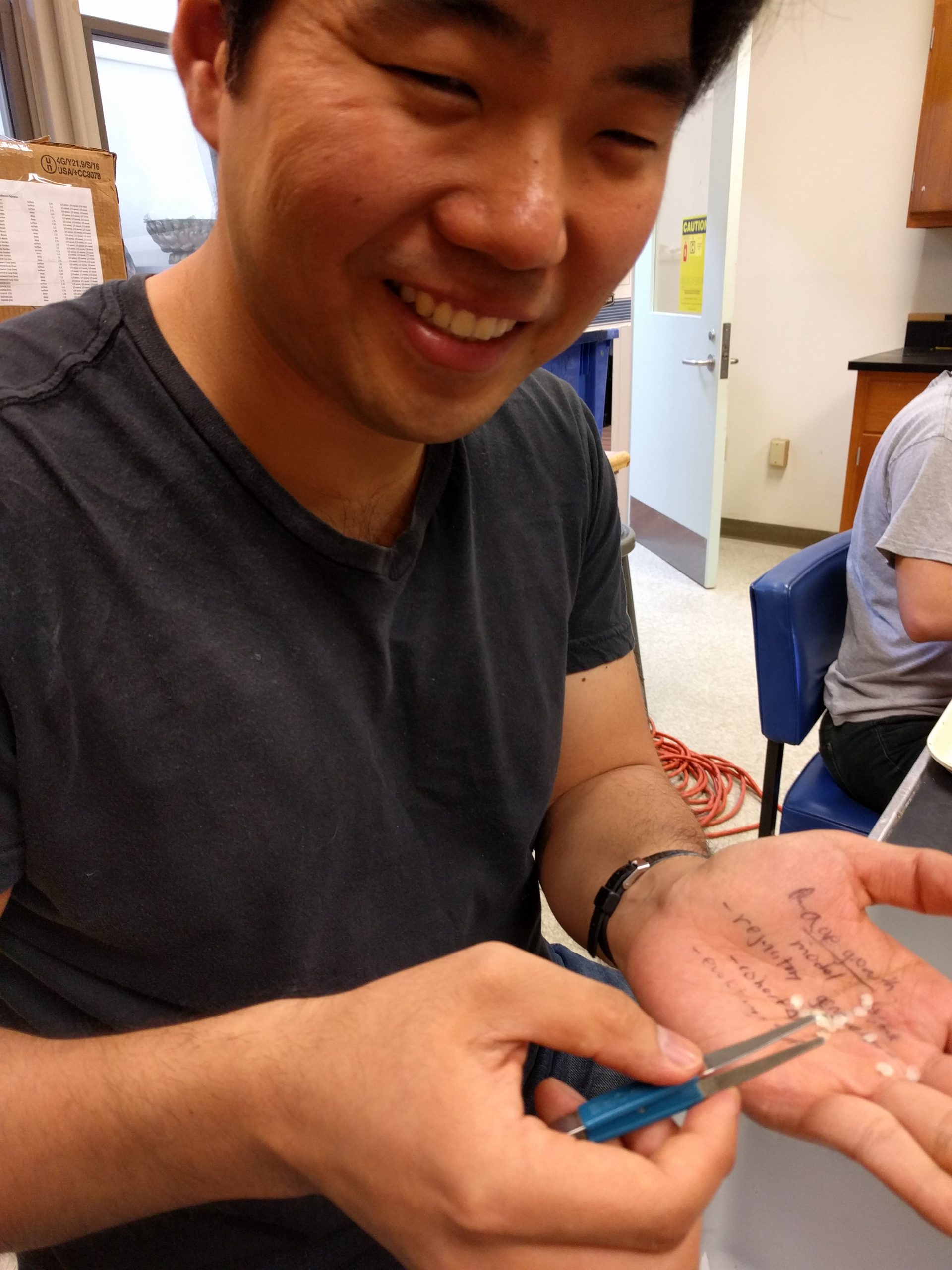
SeungWhan (Steve) Lee was a Rutgers student who joined the lab as an intern in the summer of 2017 to study ages of sublegal (discarded) Summer Flounder (Paralichthys dentatus) from
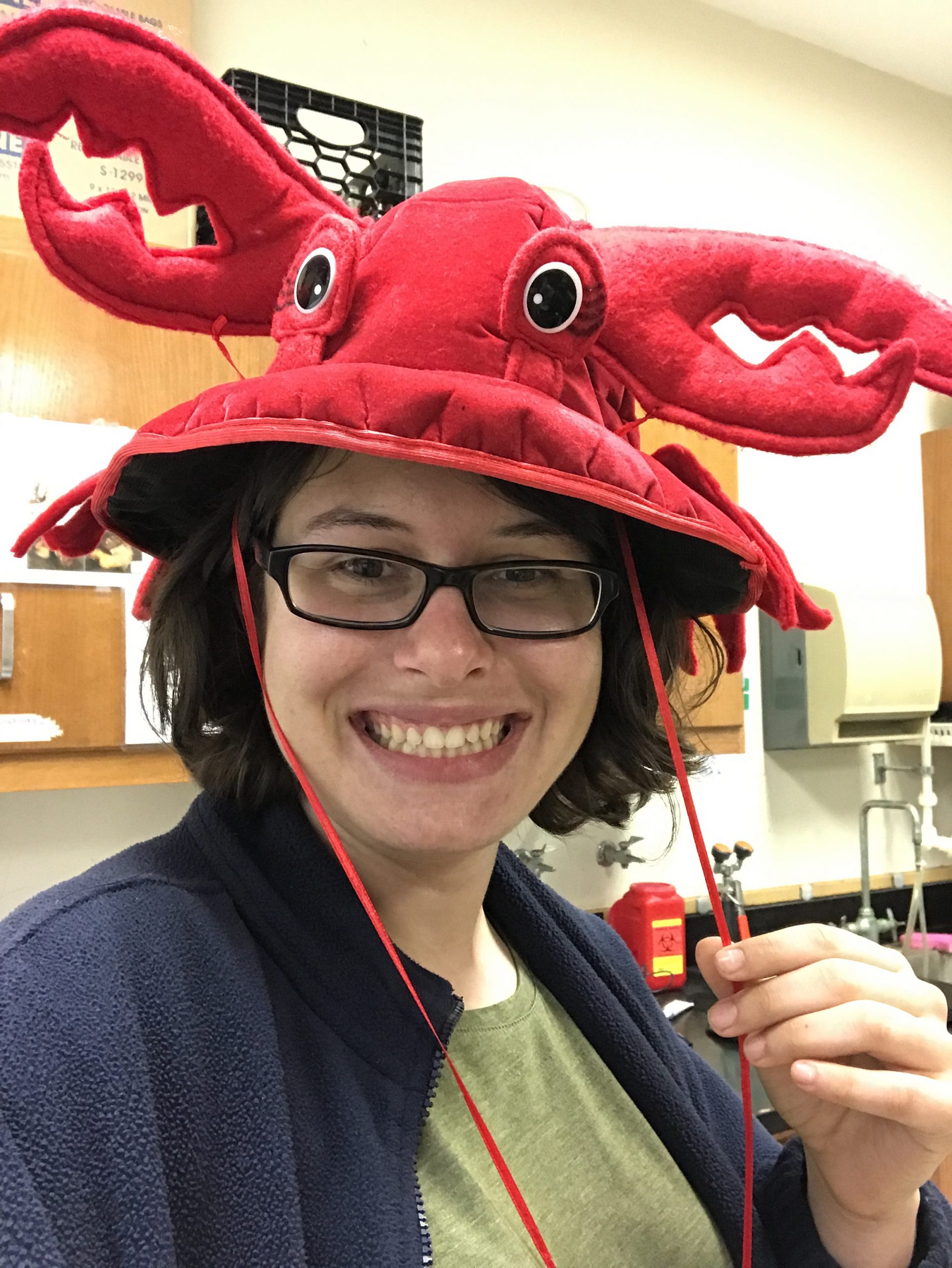
Nadja DiMartino, a marine biology major from UC Santa Cruz joined the lab as a RIOS intern in 2017. Nadja learned new skills in crab larval husbandry in order to
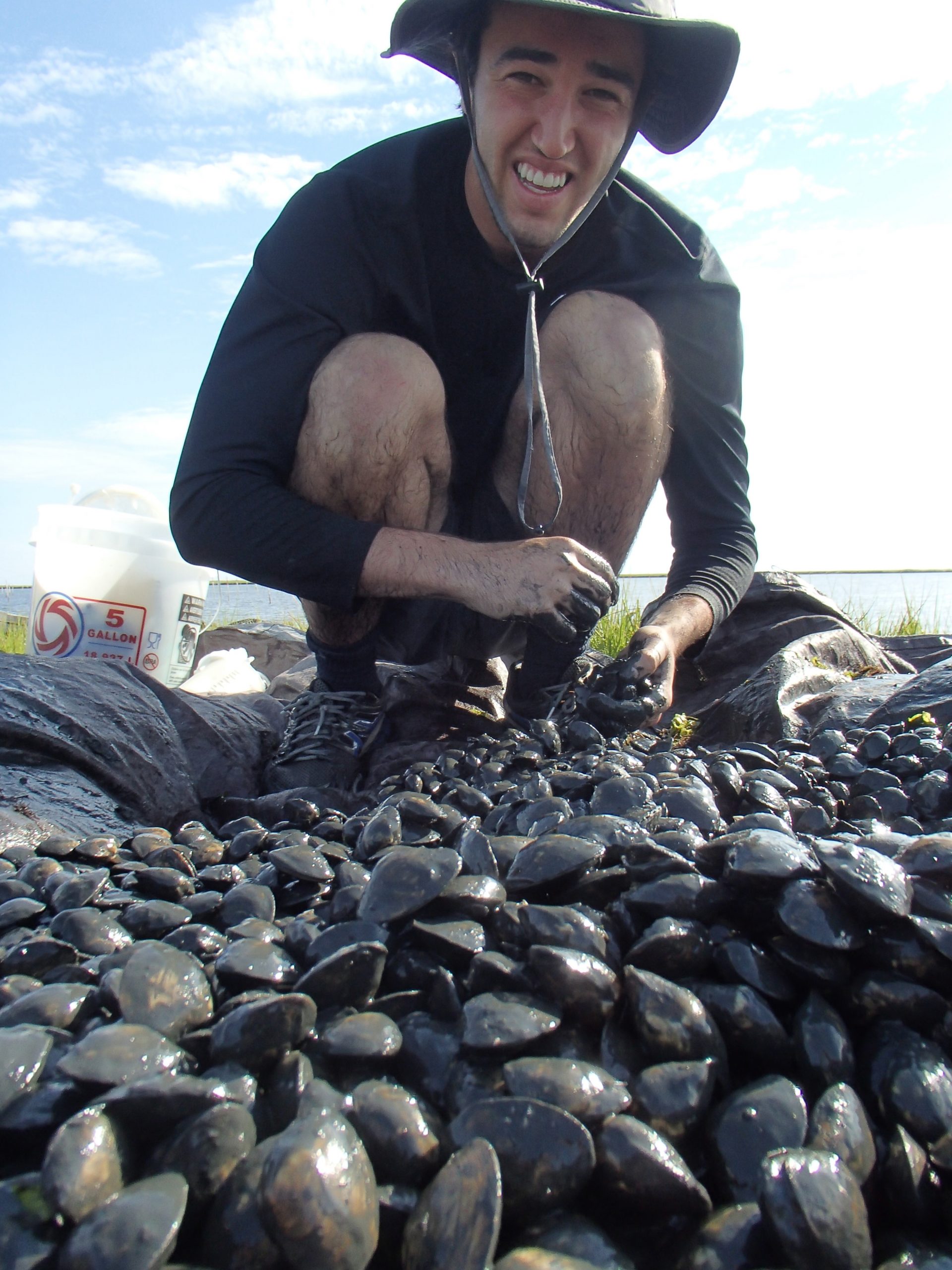
Nate Morris came from Connecticut College to work on surfclam (Spisula solidissima) farming experiments as a RIOS intern in 2017. During his internship he cultured baby surfclams and collected data to
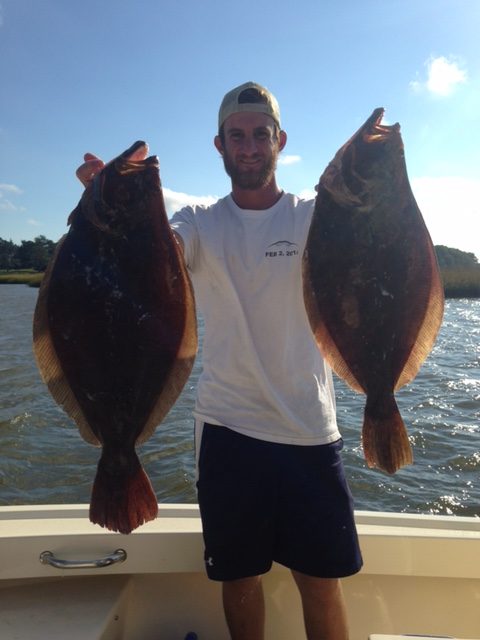
Ryan Harner studied Environmental Science from Stockton University, and joined the Munroe Lab in 2016 to study the population characteristics of Summer Flounder (Paralichthys dentatus). Ryan sampled Summer Flounder on
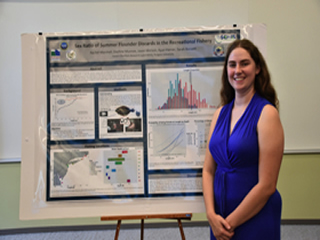
Rachel Marshall was a RIOS intern from the University of Rhode Island in 2016. Rachel studied the sex ratios of discarded Summer Flounder (Paralichthys dentatus) in the New Jersey recreational
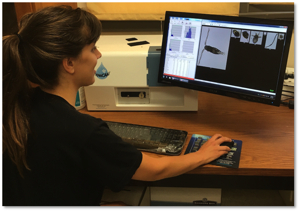
Rachel Sheppard was a RIOS intern in 2016 from the University of Massachusetts. She helped with sampling plankton in Barnegat Bay and Little Egg Harbor (BBLEH). Her results showed that

Francesca Roselli was a RIOS intern and George H Cook scholar in 2015, and graduated from the Marine Science program at Rutgers. Francesca studied population biology of Oyster Toadfish, Opsanus
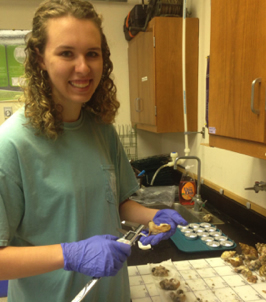
Courtney Cochran was a RIOS intern in 2015 and graduated from Texas Christian University. Courtney studied the effects of global fisheries on waved whelk (Buccinum undatum) size of maturity and growth.
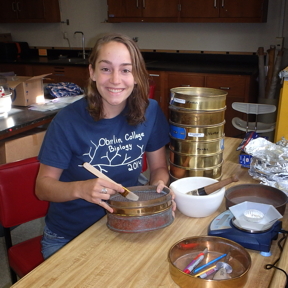
Laura Gray, attended Oberlin College, and was a RIOS intern in 2014. She investigated sediment characteristics governing biological productivity in ancient clam gardens. Results of this work suggested that increased